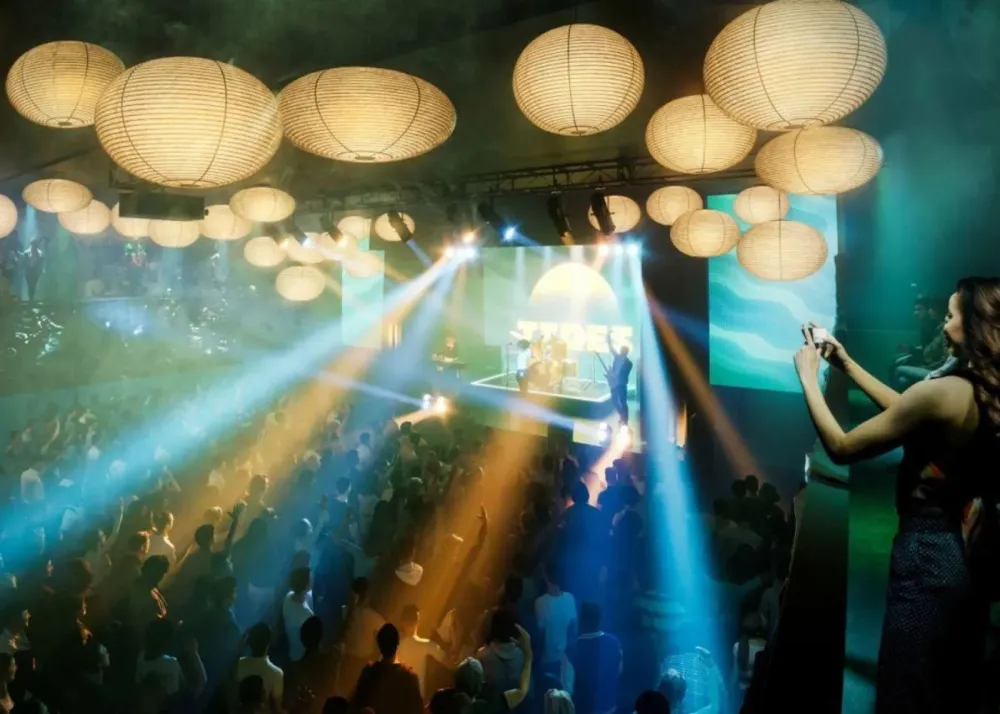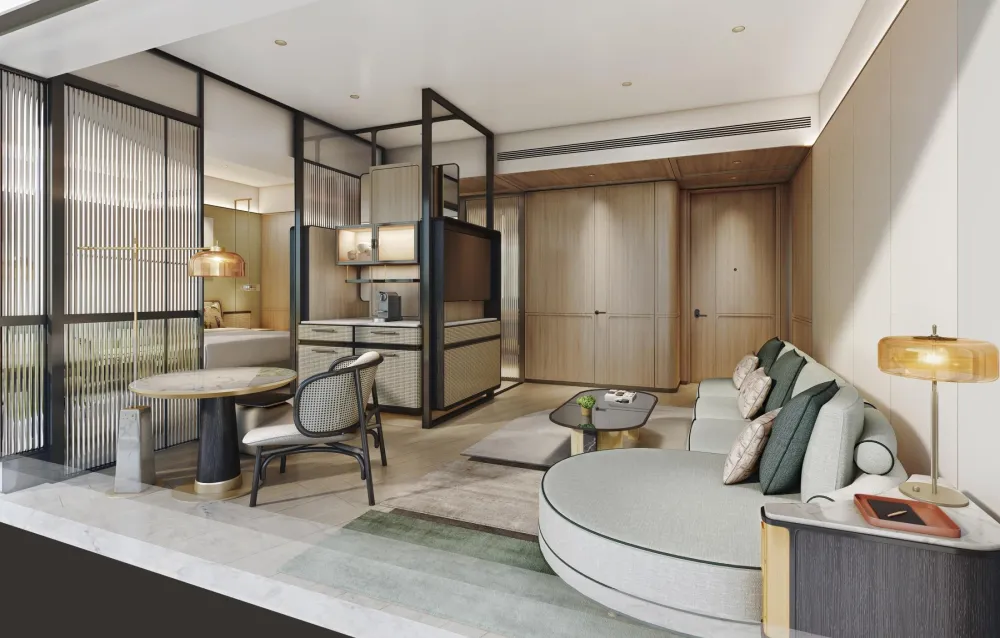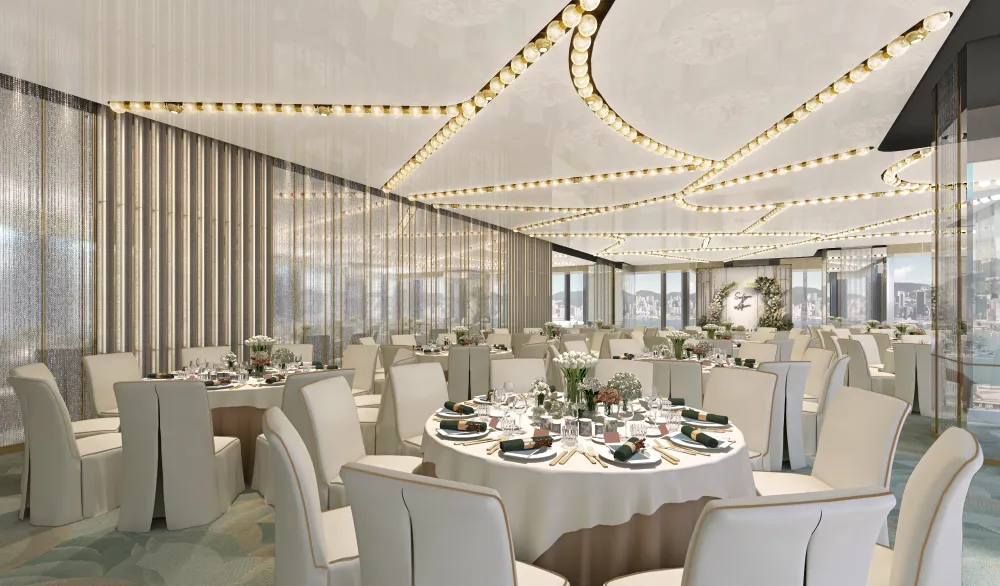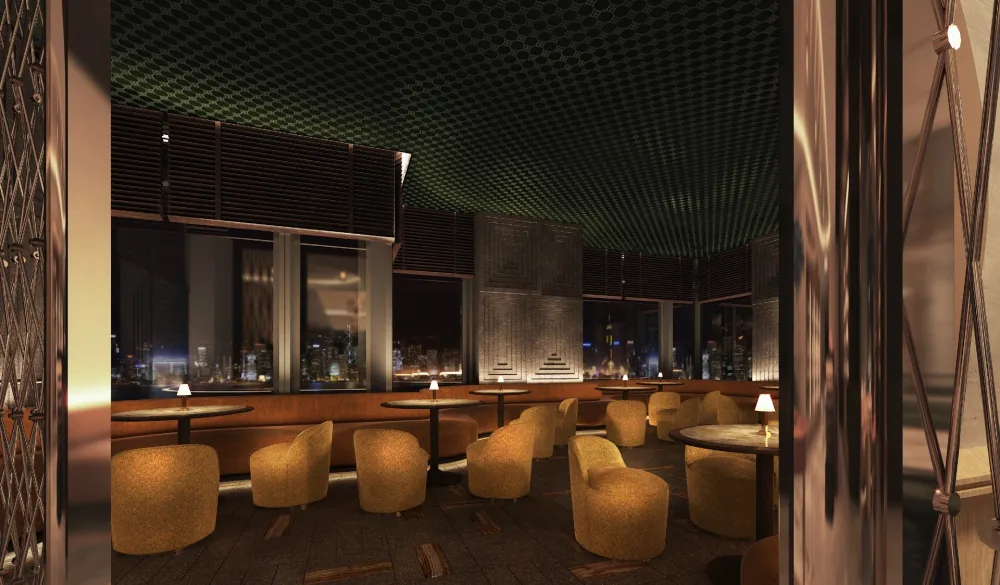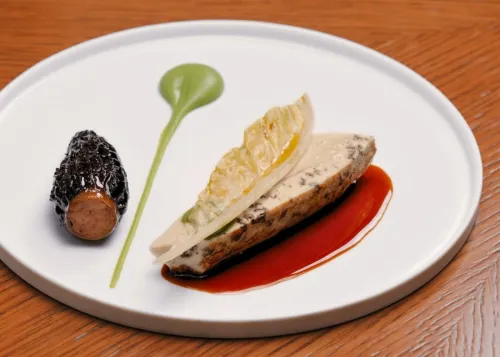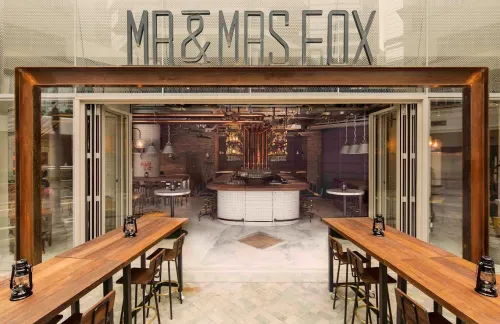Architect Sean Dix Designs Hong Kong's Hottest Restaurants

Form and Function is our home to explore the journeys of Hong Kong’s physical makers, the architects and interior designers who create defining spaces we use to party, eat, and live in. Behind every building and room in our architecturally-marvellous city is a master of their profession.
You have eaten at the restaurants this Hong Kong architect has designed – Ho Lee Fook, Carbone, La Vache!, Little Bao, Seoul Bros, to name a few – but you probably don’t know his name or the studio that has been responsible for some of Hong Kong’s most photogenic dining spots.
Operating his Sai Ying Pun-based studio since 2008, American architect Sean Dix runs dix design+architecture, a comprehensive and bespoke interior architectural design company creating designs and concept directions for restaurants and bars that we love.
With a background in fine woodworking and furniture making in San Diego, Sean began his architectural journey in Chicago, studying interior architecture and sculpture at the School of the Art Institute of Chicago. Following his tenure in the US, Sean sat a master’s degree in design from Domus Academy in Milan, Italy.
In Milan, Sean worked with British architect James Irvine and later Italian Ettore Sottsass, before first opening dix design + architecture in Milan in 2000. Nine years later, Sean ventured east to Hong Kong to open his second office in 2008.
Previously working on architecture projects in Italy, France, the U.K., Russia, and Australia, Sean specializes in interiors tailored to spaces within Hong Kong, China, and Asia; encompassing F&B venues, retail spaces, and business fairs and showroom. He also has experience in creating custom European-cum-Asian-style furniture.
However, at the turn of the decade, Sean found his niche in designing some of Hong Kong’s hottest restaurants. “My office got a call one day from someone saying he was interested in one of my chairs. I called him back and he explained that he was a chef, opening his first restaurant and looking for chairs for it.”
“He found my design online and searched me out, not realizing that I was in Hong Kong, coincidentally. It turned out that my office was right around the corner from his new restaurant. We met up, hit it off, and that led to me designing not just new chairs for him, but the complete restaurant.”
“That chef was Matt Abergel; his new restaurant was Yardbird. That first restaurant in Hong Kong got us a lot of notice.”
From designing the interior of Yardbird to be akin to “the architecture of a typical Japanese izakaya” and supplying the restaurant with the now-infamous “Yardbird chair,” Sean Dix soon gained notoriety in the food and beverage space.
Since his incubation with Yardbird twelve years ago, Sean has since designed the interiors for Black Sheep’s Ho Lee Fook (original build and renovation), New Punjab Club, Hotal Colombo, Chom Chom, and La Vache!, independent restaurants Sake Central, Neighborhood, Mora, Testina, and Acme, and Hong Kong Cricket Club’s Chater Tavern, Boundary Bar, and the Long Room.
Sean describes interior projects with restaurants as the most interesting with “a lot of room to play with”. He relishes the opportunity to develop a concept with chefs and owners, building an identity that reinforces the restaurant concept. “There is a much higher level of expectation with design and style in Hong Kong’s F&B scene.”
“To make a successful design, the most important thing is good communication with the client. My job is to help them reinforce their message; support the identity they want to communicate. So I spend a lot of time with clients asking questions and discussing requirements and conceptual ideas. The more communication we have at this early stage, the better the resulting project.”
“Our initial focus is on space planning and layouts, long before we have any idea what the project will look like. I refine everything based on smoothing operations and guiding the guest experience, asking myself stuff like, would I be comfortable sitting in that corner or what is the focal point when I come into the space?”
Sean described himself as having a very short attention span during our interview, thus, working on restaurant projects allows him to “get in, get the job done, and get out,” and maintain deep ongoing interest. On average, most projects last three months from the first phone call to soft opening, according to Sean’s experience.
“We value not just architectural or design principles, but principles in general: clarity, integrity, rationalism, succinctness, timelessness, resilience, durability.”
Sean tells The Beat Asia that he finds inspiration “mostly from dusty old books,” vintage and new books on architecture, graphics, art, and design built in a 30-year collection.
“For example, if we are working on a project with a Brutalist vibe, I start pulling out my books on Brutalism and the architects who were best known for it. I don’t look at Pinterest or Instagram and encourage my team to stay away from it too.
“Most design today is homogenous because so many designers – and clients – look at that stuff all day and don’t realize that everyone else is looking at it too. Projects that come out of social media look stale the day they open.”
Luckily, Sean has not lost any projects he’s designed in Hong Kong due to COVID-19 restrictions. However, he is reticent to name the interior design projects that he is most proud of: "that’s like asking which is my favorite kid.”
Abroad, he notes the Novosibirsk, Siberia project of Pobeda Cinema, where he renovated a crumbling 1928-dated cinema into a “Stalin-meets-old Hollywood” cultural center hosting national film festivals.
In summer 2022, Sean completed a sleek design of HAKU, an omakase restaurant on the roof of IFC Mall, with lowered flooring in the open-air-style kitchen to allow guests sitting in chairs to see literally eye-to-eye with the chefs.
Mid-December 2022 came with the opening of Basehall 2, an 18,000 square foot food hall carrying on the legacy of the Hongkong Land-operated venue, housing 18 kiosks and a sizeable event space in the basement of the landmark Jardine House.
Come 2023, Sean wants to dream big again after COVID-19. “I want to restart my monthly commute and develop more projects in Europe again, as well as setting up a sort of exchange program so that my team can go back and forth more. This would give everyone opportunities to see and experience more, as well as gain experience working in different countries.”
Enjoyed this article? Check out our previous Form and Function interviews here.
Subscribe to The Beat's newsletter to receive compelling, curated content straight to your inbox! You can also create an account with us for free to start bookmarking articles for later reading.











